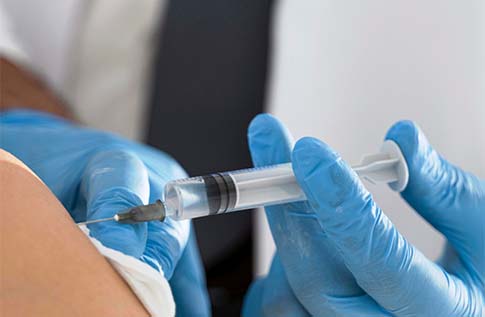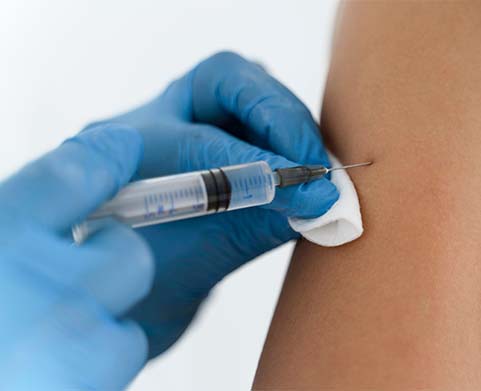Designed for medical professionals looking to add specialized procedures to their services, this training provides both clinical knowledge and nationally recognized certification.
Whether you’re just starting in aesthetics or looking to deepen your expertise, the course supports safe, informed, and skilled practice.

As demand grows, so does the need for medical providers trained in safe, effective techniques. TAMA’s specialized training equips healthcare professionals with the right skills they need.
Medical providers trained through TAMA learn how to safely and effectively administer these treatments, improving outcomes while minimizing risks. Penile injection for impotence is chosen by patients because it:
TAMA’s training program covers the most commonly used penile injection formulas for erectile dysfunction. These options vary in potency, onset, and patient tolerance, allowing medical providers to choose the best fit for each case.

These procedures often use dermal fillers or platelet-rich plasma (PRP) to add volume and enhance symmetry. While not medically necessary, these treatments are sought by men for cosmetic reasons or self-esteem improvements.
TAMA-trained providers focus on setting clear expectations, ensuring informed consent, and delivering natural-looking outcomes. Professional consultation is essential to determine patient suitability and rule out underlying health concerns.


To offer these injections safely, healthcare professionals must complete accredited training covering anatomy, technique, safety, and legal considerations.
TAMA’s certification program ensures providers meet standards through didactic education and supervised hands-on practice.
Our programs are built with state-specific laws in mind, ensuring every nurse, NP, or physician receives the right training for their location. Whether you’re pursuing botox training in Texas or expanding your skills in Florida or California, we’ve got you covered.
TAMA guides all participants in understanding the legal scope of practice and securing appropriate credentials.

Administering treatments safely requires advanced knowledge of anatomy, sterile technique, and injection control. Key safety protocols include:


Critical risks like priapism, fibrosis, or infection are addressed through:



Each location provides personalized guidance for injector training, helping you build skills, confidence, and a thriving practice.
INSIDE BIRTHCO,8312 Burnet Rd 107 #B,Austin, TX 78757
(512) 599-8978
2660 FM 407 100 #B,Bartonville, TX 76226
(940) 784-6822
6222 Colleyville Blvd # B,Colleyville, TX 76034
(817) 768-9230
2520 N Carroll Ave B,Dallas, TX 75204
(214) 644-7323
INSIDE MATTISON AVE SUITES,4701 West Fwy Suite 152 #B,Fort Worth, TX 76107
(817) 886-8177
Inside of Phenix Suites of Willow Bend,5964 W Parker Rd Suite 107 #B,Plano, TX 75093
(972) 781-9340
250 Ed English Dr 3D B,Shenandoah, TX 77380
(281) 825-4203